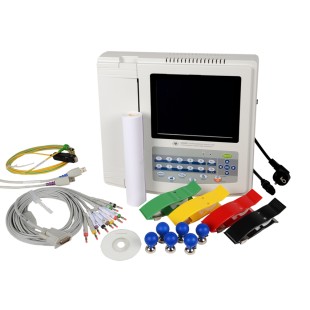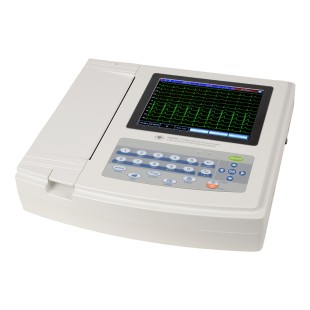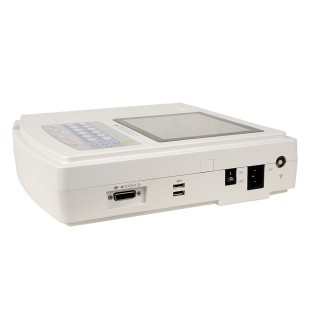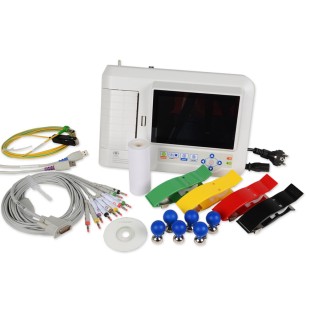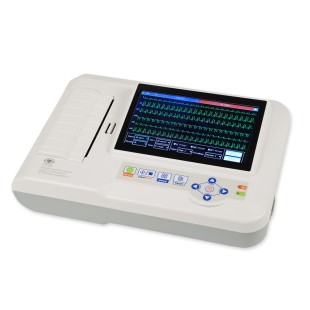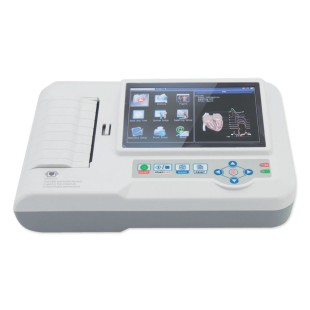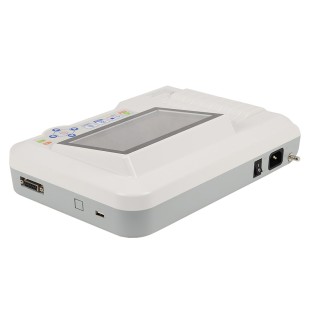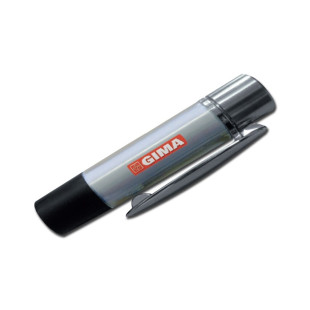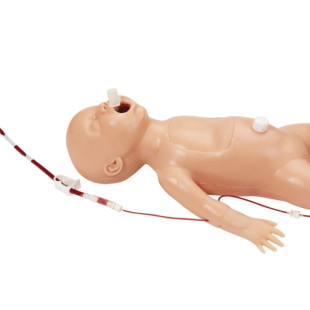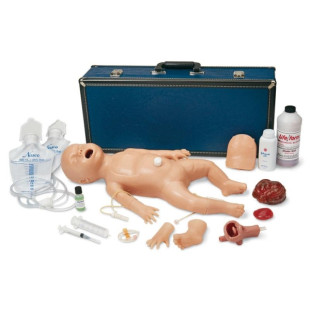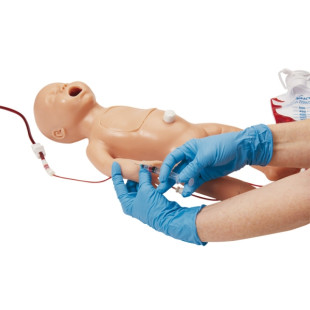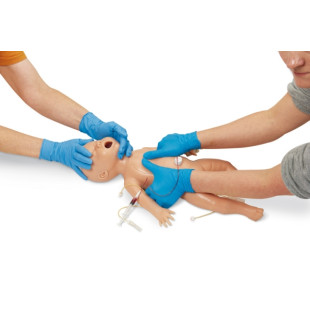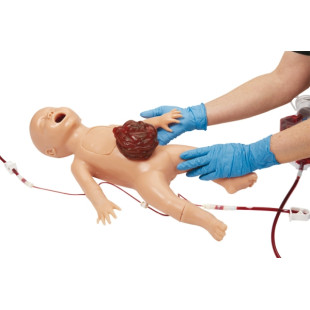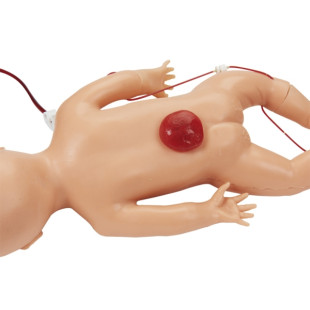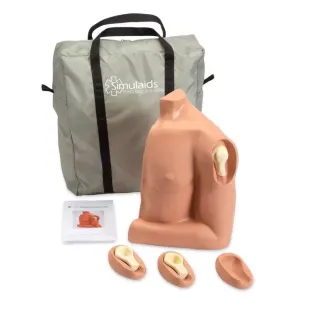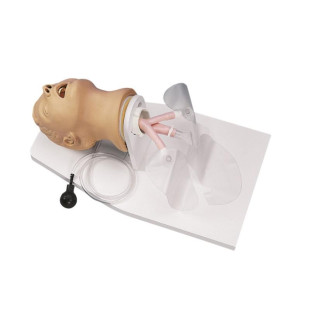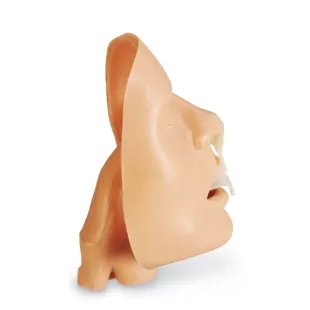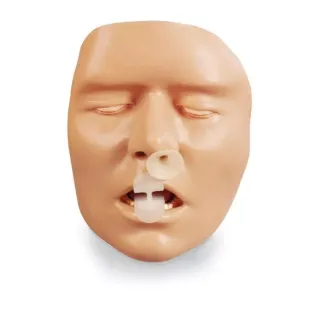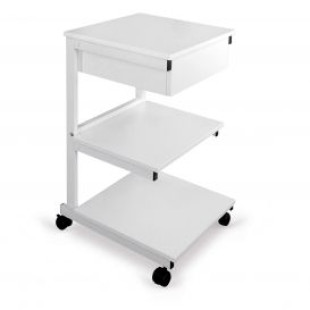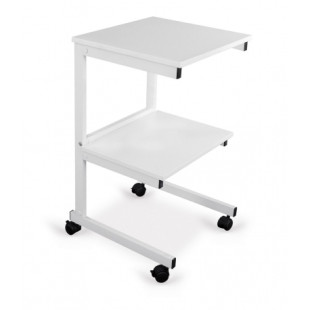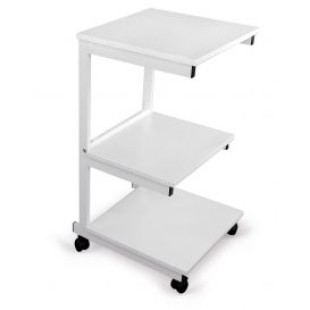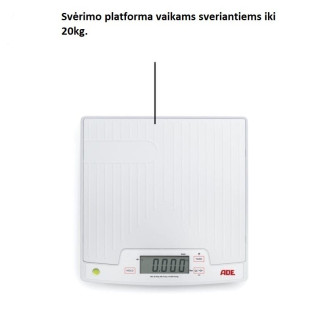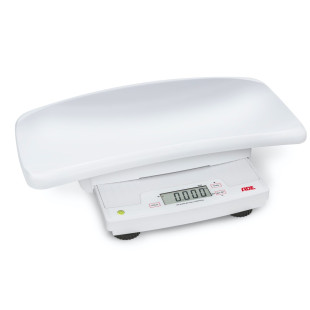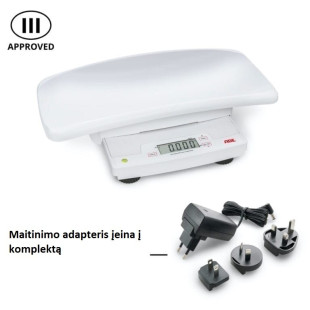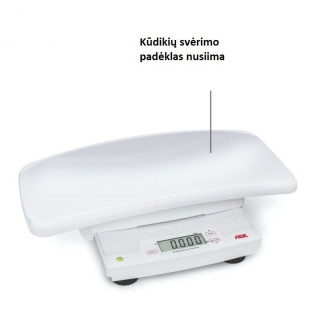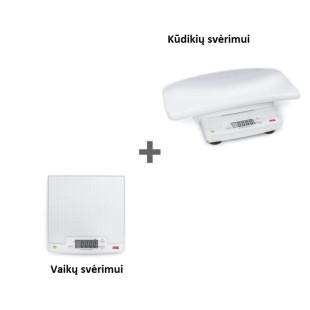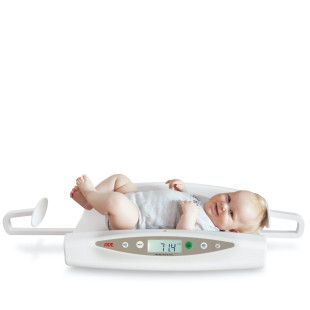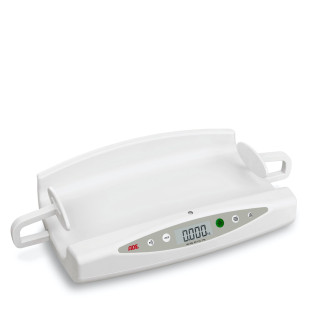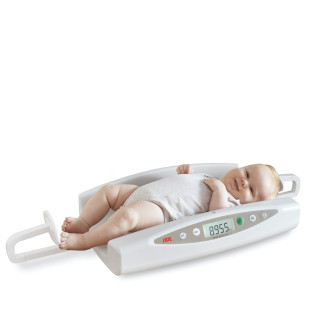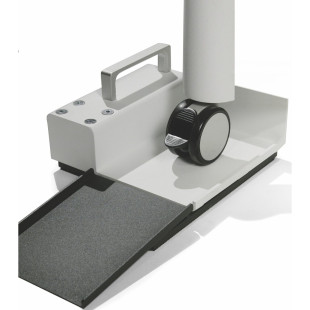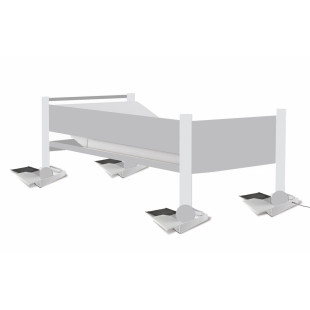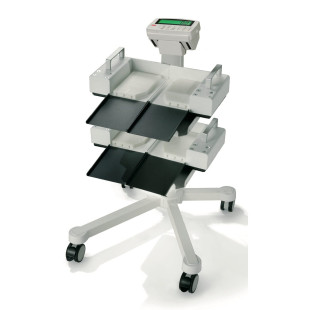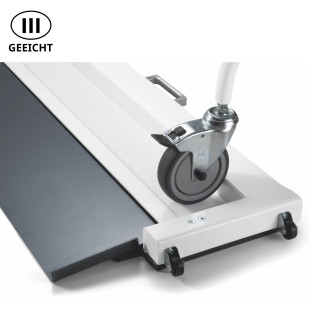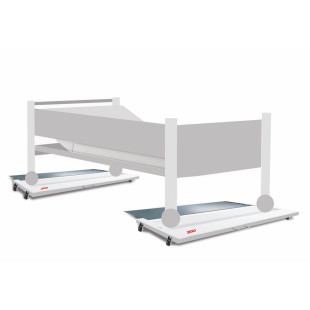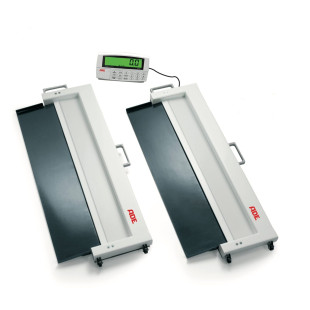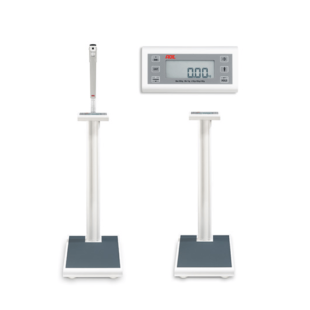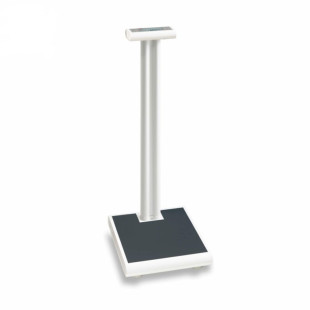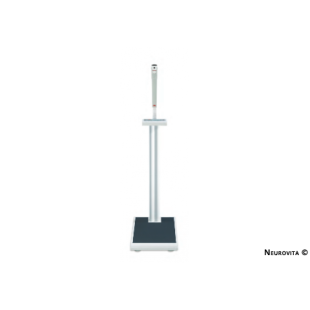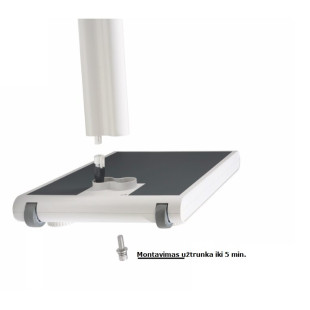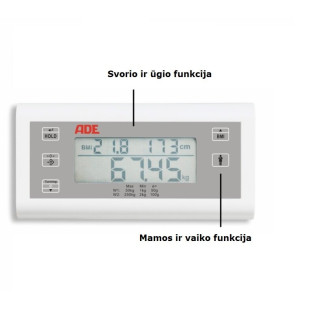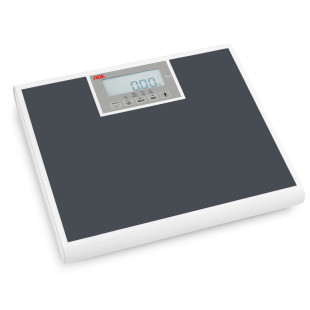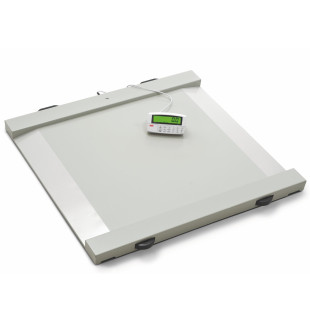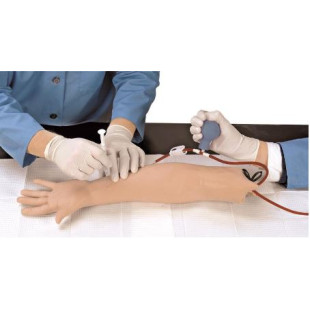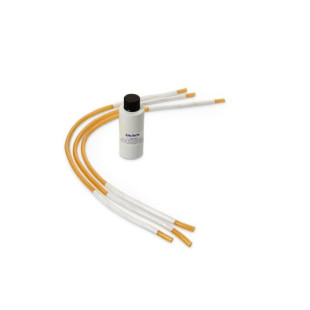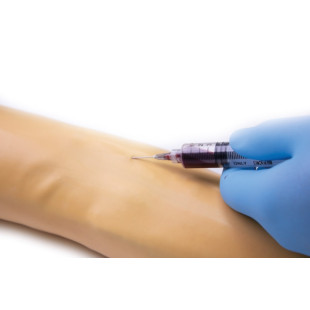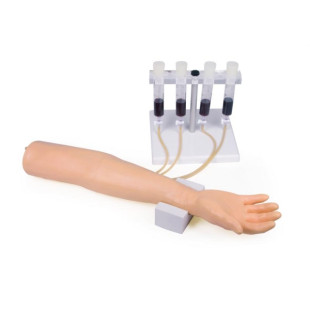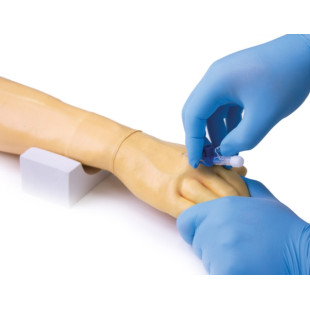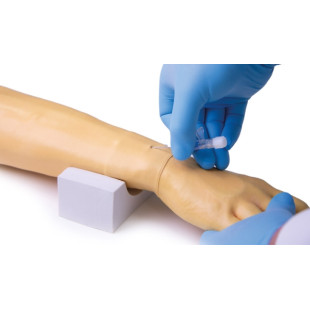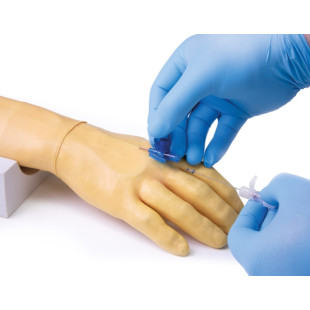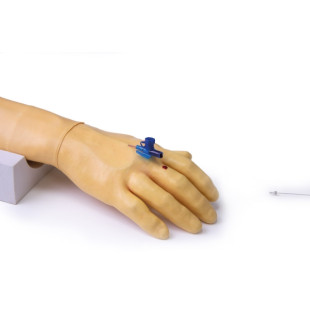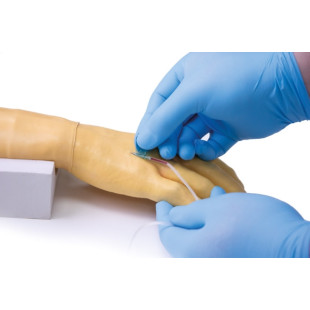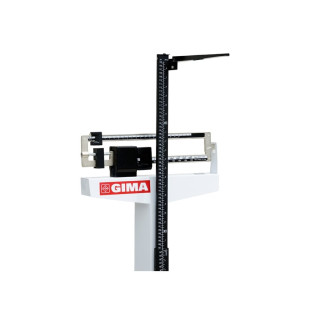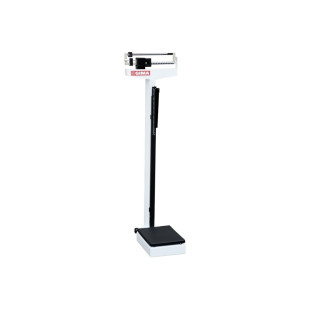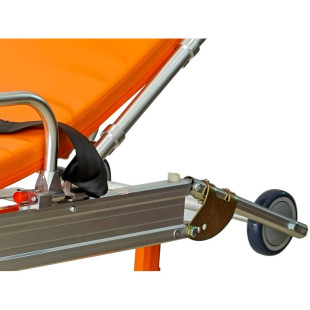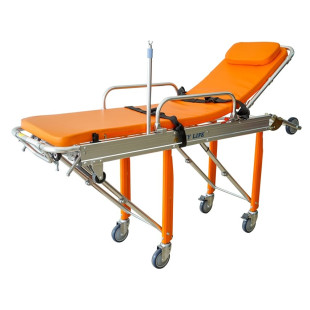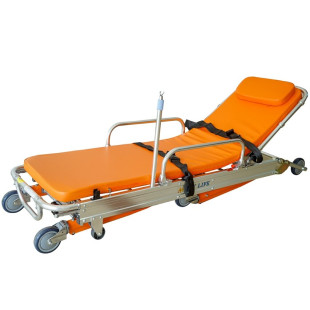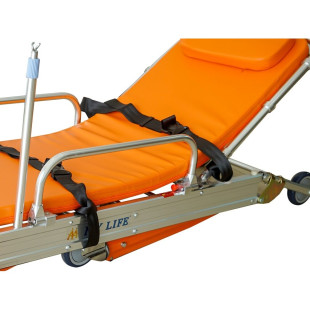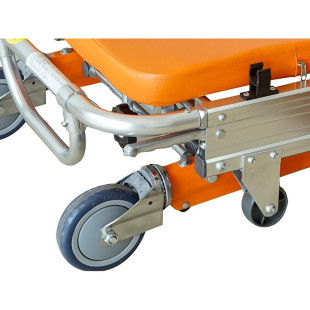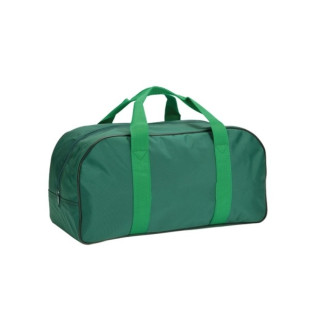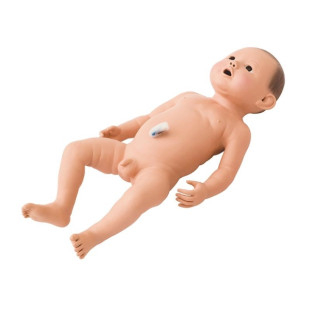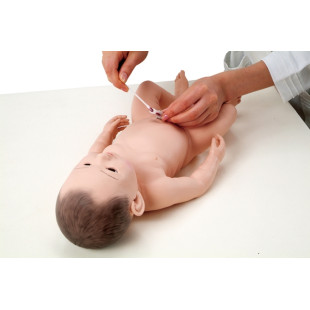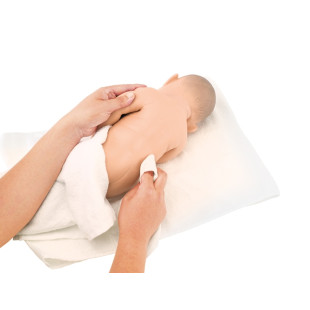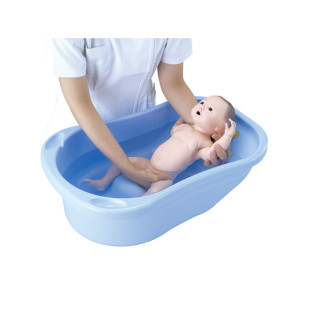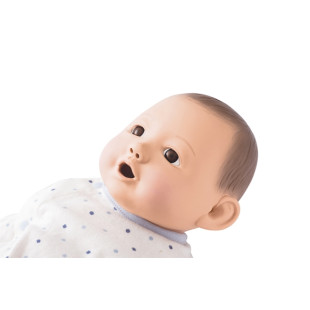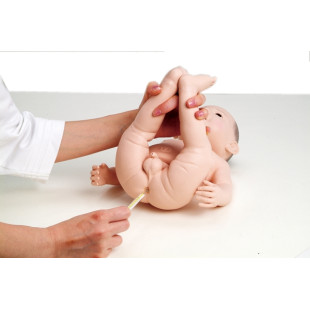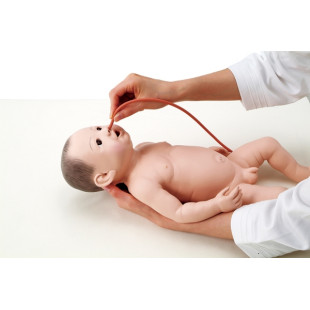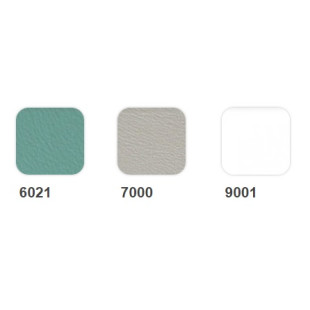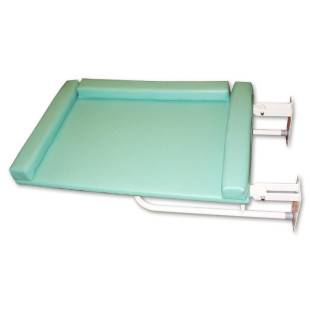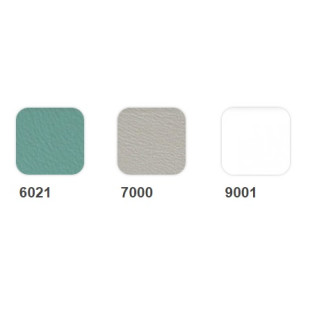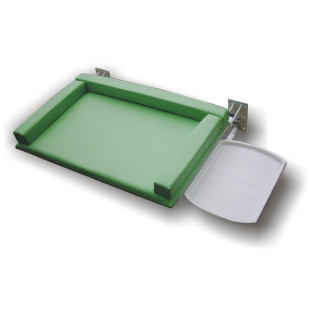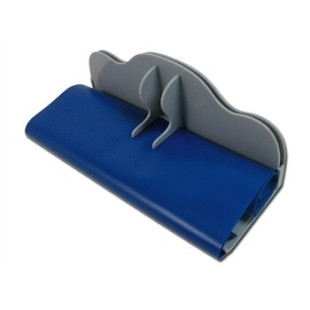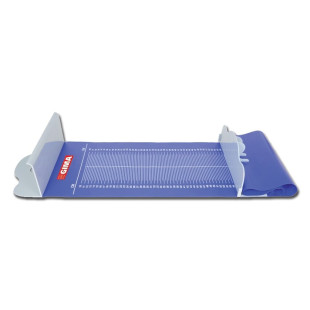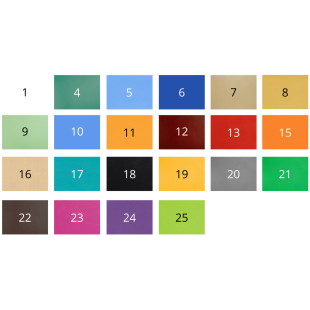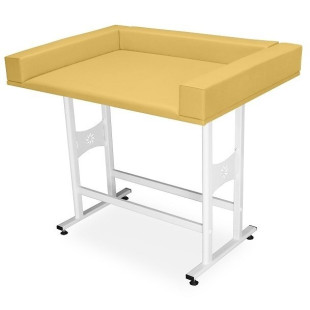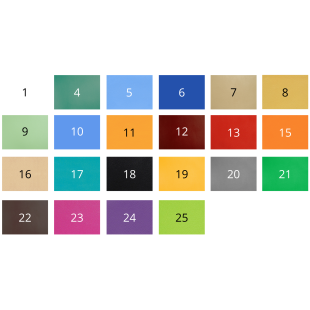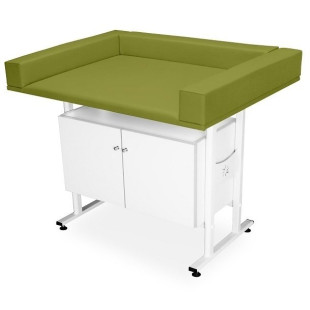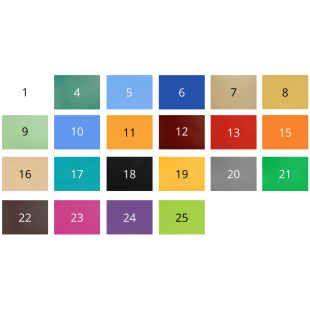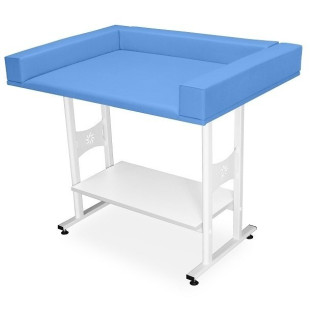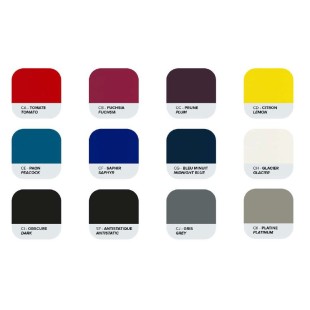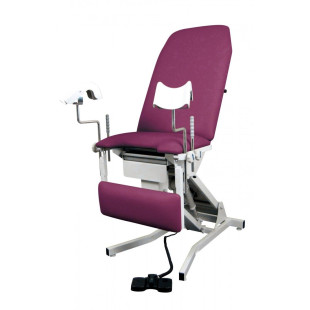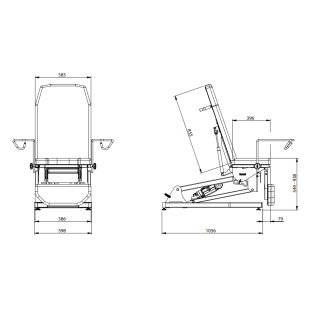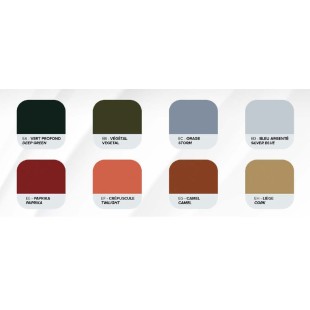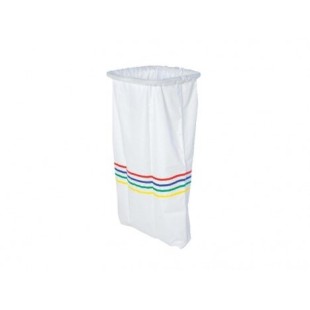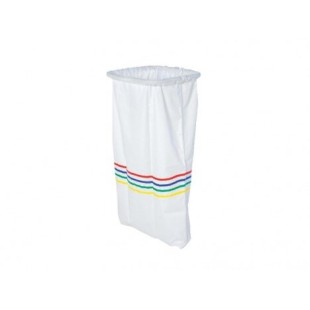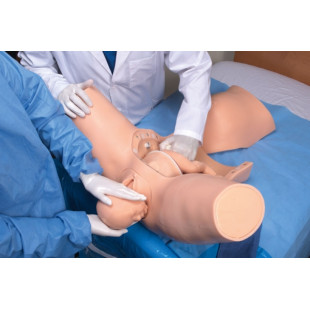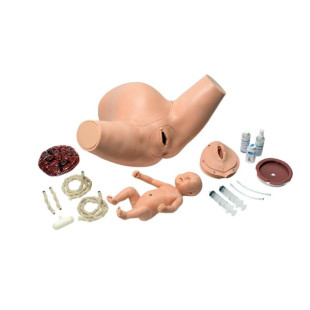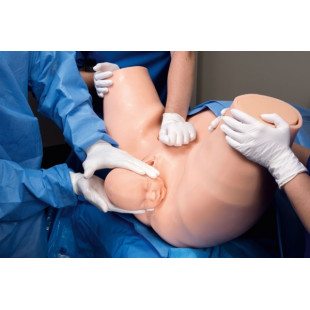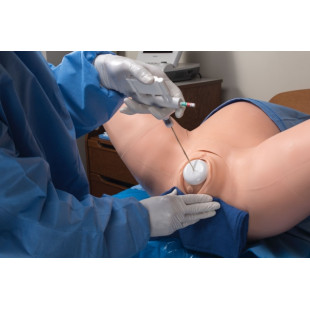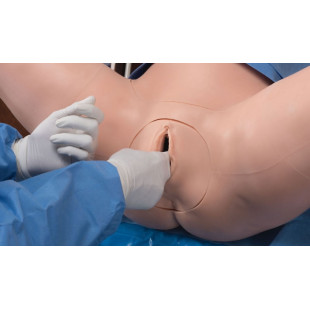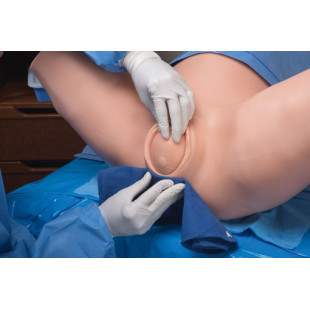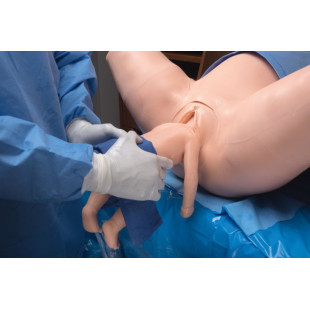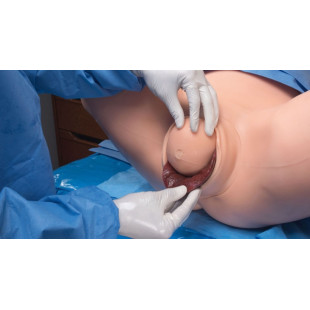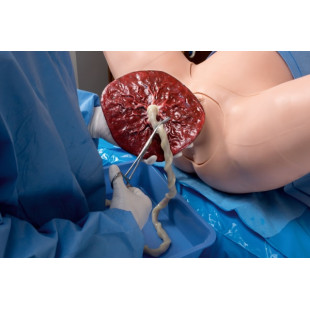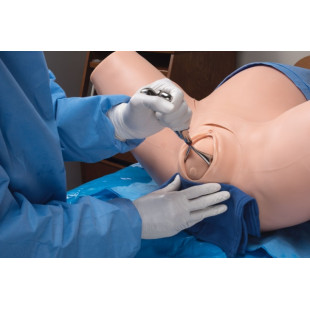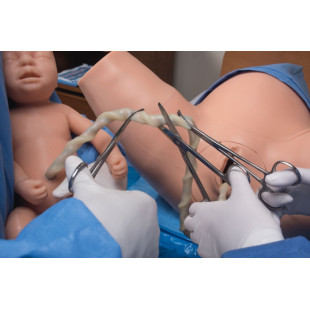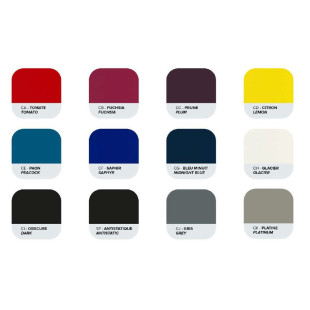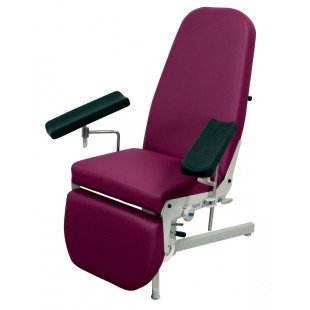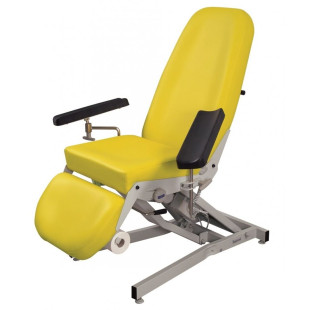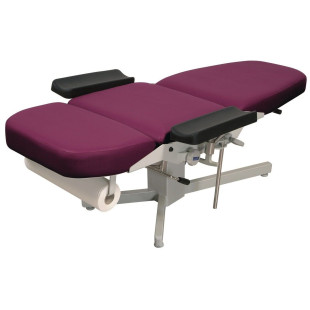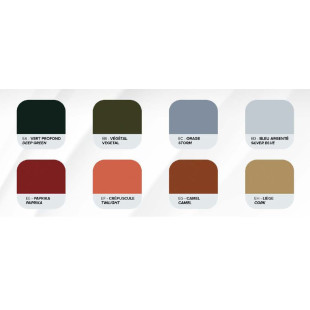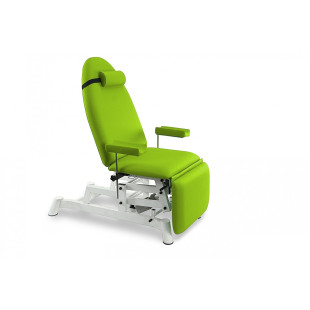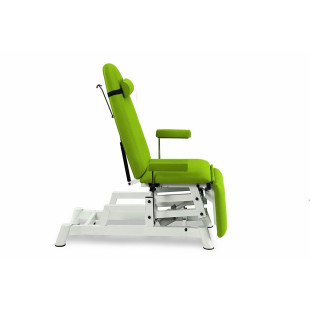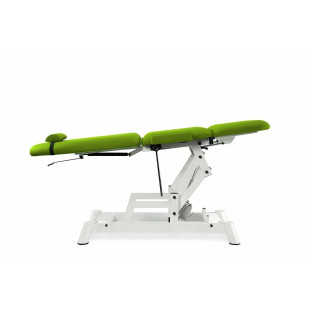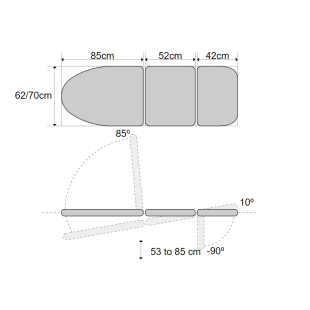Medical equipment
Providing a wide range of tools, equipment, and other supplies is required to provide a variety of health care services. Medical tables are usually required for examinations and procedures, screens are used to ensure privacy, and medical tables are required for the convenient storage of medicines and equipment. These and many other high-quality solutions, not only for medicine but also for veterinary use, make work easier and improve the quality of the services provided. Durable products from reliable manufacturers can be widely used in medical institutions, rehabilitation centers, massage parlors, health and relaxation areas and many other places. The wide range allows you to choose the solutions that best suit your needs, the specifics of your workplace and the workplace.
12 CHANNEL ECG 1200G - 8” TFT display, 800x600 dots high resolution colour LED backlight - simul..
1282.00€
- 7" TFT, colour LCD touch screen - 12 leads simultaneous display - Digital isolation technology a..
1006.00€
A useful tool in the diagnosis of neuropathy in patients with diabetes. Its two sides (one stainles..
17.00€
22.00€
This training model was developed to meet the curriculum objectives of the Neonatal Resuscitation Pr..
1985.00€
This IO Trainer is the perfect tool to train the access procedure for fluid management. Humerus acc..
1028.00€
Adult simulator head for oral digital or nasal intubation training in the non-anesthetized patient. ..
2265.00€
This handheld device offers a convenient and affordable method for basic life support instructors to..
407.00€
Cart designed to store patient daily-use utensils and/or other products or devices (e.g., equipment ..
244.00€ - 285.00€
Approved baby and toddler weighing scale | ADE M10100-01 Electronic baby and toddler weighing scale..
529.00€
Approved baby weighing scale with length measure | 20 kg capacity | ADE M118000-01 The opti..
505.00€
Approved electronic bed scale | ADE M600020 For the use of bedridden patients in intensive ..
5069.00€
Calibrated electronic bed scales are made in Germany and are suitable for use in all medical and hea..
4255.00€
Electronic Scales with height meter ADE M320000-01 are an excellent choice in all medical fields. He..
580.00€
Approved floor scale | ADE M320000 Wide body floor scale to take into account a growing pop..
387.00€
Approved wheelchair scale with ramps | ADE M501020 Electronic wheelchair scale with integrated ramp..
1915.00€
This easy to use training aid is ideal for practice in and demonstration of drawing arterial blood s..
1630.00€
The high-quality infusion and injection arm offers a wide range of adaptability for professional and..
480.00€
Astra mechanical scale (200 kg) with height gauge (75-200 cm). Strong and reliable mechanical scale,..
350.00€
AUTOMATIC LOADING STRETCHER Automatic stretcher to load and unload patients from emergency vehicl..
1450.00€
An extremely realistic copy of a newborn. Using a special synthetic material, the leather looks very..
1452.00€
The baby changing table Riko 2 is designed for maximum convenience when you need to save space in pu..
392.00€
Baby changing table Riko 1 is designed for maximum convenience when you need to save space in public..
445.00€
Baby height meter, measuring mat for convenient and quick measurement of baby's height in a horizont..
52.00€
59.00€
Baby changing table STB 1 is designed for maximum comfort of baby and parents or caregiver. Stable a..
489.00€
Baby changing table STB 3 is designed for maximum comfort of baby and parents or caregiver. Stable a..
598.00€
Baby changing table STB 2 is designed for maximum comfort of baby and parents or caregiver. Stable a..
513.00€
Medical KERN MBC scales for babies with metrological verification up to 20 kg, suitable for all medi..
570.00€
The Gynaecological Table With Electric Variable Height Beaumond Combines Simplicity And Efficiency ..
3957.00€ - 4909.00€
The bag for dirty bedding is tied with laces. Made of cotton...
67.00€ - 79.00€
The retractable bag is for dirty bedding. Made of cotton. ..
64.00€ - 76.00€
The bag for dirty bedding is tied with laces. Made of polyester. Bag volume: 120l material: ..
63.00€ - 73.00€
The bag for dirty bedding is tied with laces. Made of polyester..
64.00€ - 74.00€
The Susie birth simulator is designed to help educators teach birth management skills to all levels ..
6928.00€
PROMOTAL blood sampling chair for healthcare institutions. The chair can be used for various in..
3535.00€ - 3598.00€
The blood sampling and procedure chair 1130 B-EXT is a simple and comfortable chair to use..
1978.00€ - 2024.00€

 Medical equipment
Medical equipment
